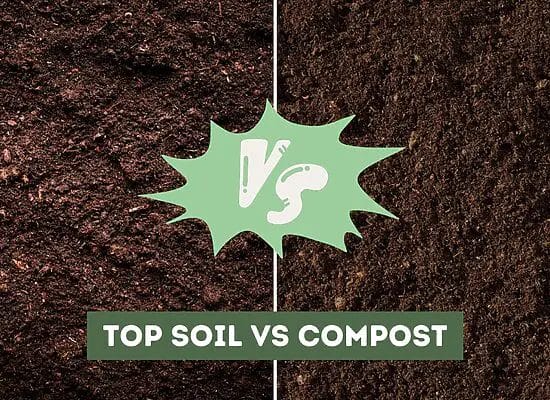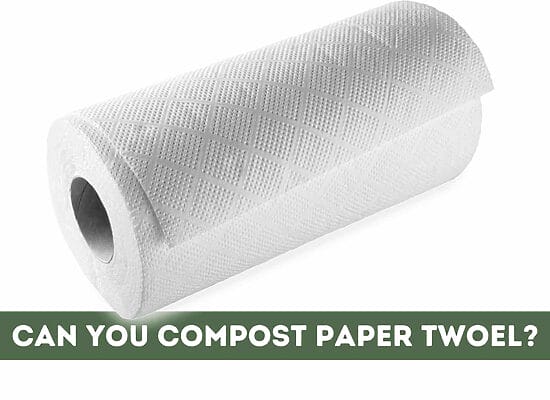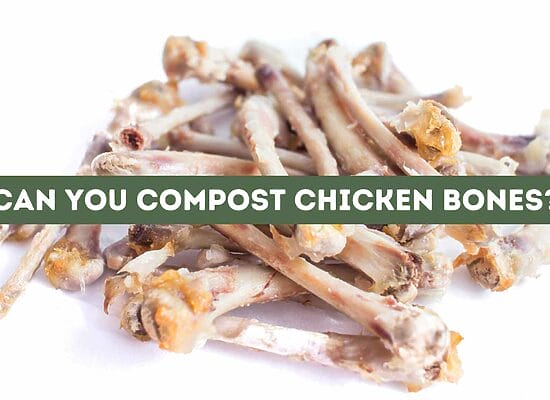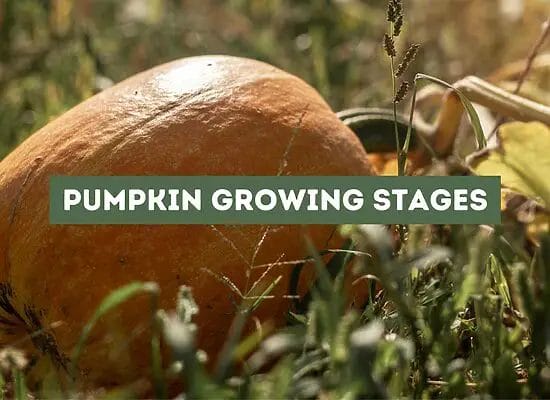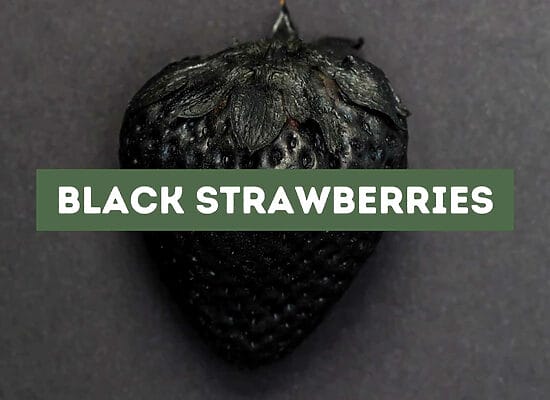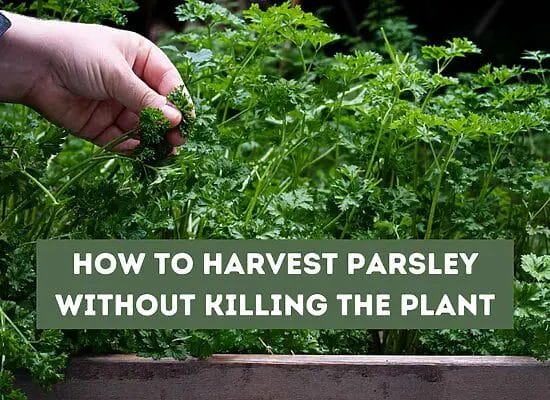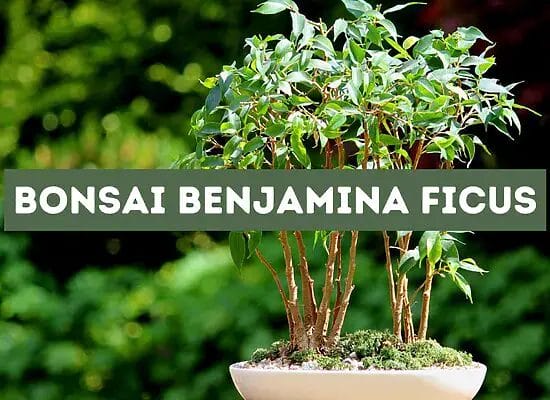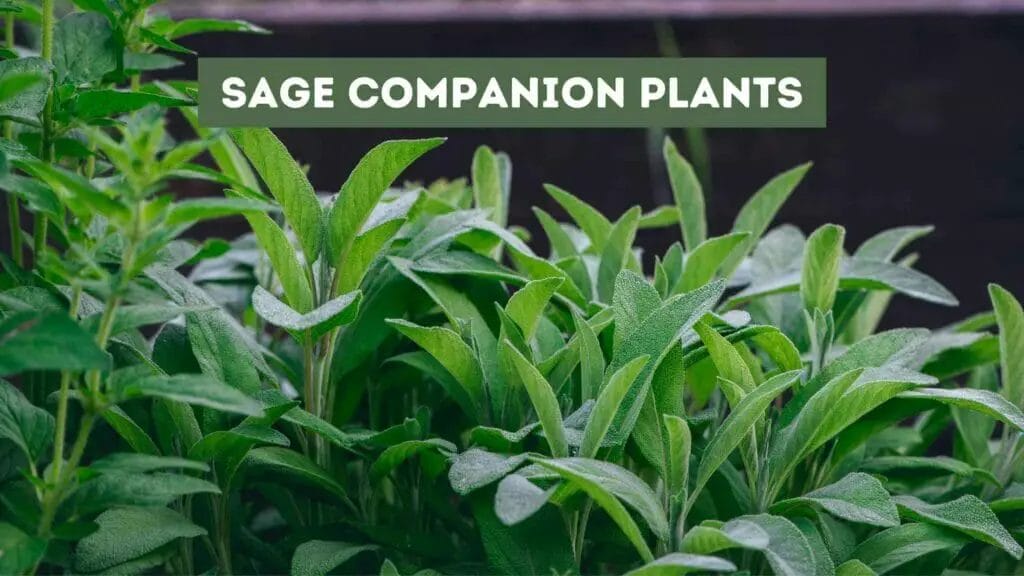
Are you looking for ways to improve your garden’s health and productivity? Companion planting may be the solution you need! By planting certain plants together, you can create a mutually beneficial environment that can help your garden thrive. One plant that is particularly useful for companion planting is Sage.
In this article, we’ll explore some of the best sage companion plants and how you can use them to create a thriving garden.
Key takeaways:
- Companion planting is the practice of planting different plants together to achieve mutual benefits in the garden.
- Sage is a versatile herb that can be used as a companion plant to improve garden health and productivity.
- Some good companion plants for Sage include rosemary, lavender, and thyme, as they share similar growing requirements and can help repel pests.
- It’s important to research and choose the best companion plants for your specific garden and growing conditions.
- Companion planting with Sage can provide benefits such as pest control, improved soil health, and enhanced flavor in certain crops.
- Certain plants should be avoided as companions for Sage, such as basil, fennel, cucumbers, alliums, and wormwood, as they can inhibit Sage’s growth or attract pests.
- When planting Sage with other crops, consider factors like sunlight, water needs, and space requirements to ensure successful growth.
What Is Companion Planting?
If you’re new to gardening, you may have heard the term “companion planting” thrown around. But what is it exactly? Companion planting is the practice of planting different plants together to achieve mutual benefits. It’s a natural and sustainable way to improve your garden’s health and yield.
Companion plants can help each other in various ways. Some plants can repel pests, while others attract beneficial insects like bees and butterflies. Certain plants can even improve the soil quality by fixing nitrogen or reducing soil erosion.
When it comes to sage companion plants, there are several options to choose from. Some good companion plants for Sage include rosemary, lavender, and thyme. These herbs share similar growing requirements and can help repel pests like aphids and spider mites.
But not all plants make good companions for Sage. For example, plants in the Brassica family, like broccoli and cauliflower, may not thrive when planted near Sage. It’s important to do your research and choose the best companion plants for your specific garden and growing conditions.
Fun Fact: Did you know that the ancient Greeks believed that Sage could improve memory and cognitive function? They even used it in their religious ceremonies and believed it had healing properties. While these claims may be exaggerated, Sage is still a valuable herb to have in your garden for both culinary and medicinal purposes.
Benefits of Companion Planting
If you’re looking for a way to improve your garden’s health and productivity, companion planting with Sage is a great way to start. By planting Sage alongside other plants, you can reap a variety of benefits that will help your garden thrive.
One of the main benefits of companion planting is pest control. Sage is a natural insect repellent, and planting it alongside other plants can help keep pests at bay. For example, planting Sage alongside tomatoes can help ward off tomato hornworms, which can decimate a tomato crop. Similarly, planting Sage alongside cabbage can help deter cabbage moths and other pests.
Companion planting can also help improve soil health. Certain plants, such as legumes, are known to fix nitrogen in the soil, which can help improve fertility for other plants. Additionally, planting taller plants alongside shorter ones can help provide shade and reduce water loss, which can help keep the soil moist and healthy.
Another benefit of companion planting is improved flavor in certain crops. For example, planting Sage alongside carrots can help enhance their flavor, making them taste sweeter and more aromatic. Similarly, planting Sage alongside beans can help improve their flavor and reduce the likelihood of bean beetles.
Pro Tip: When planning your garden, be sure to research which plants are good companions for Sage and which ones should be avoided. Some plants, such as onions and garlic, can actually inhibit Sage's growth, so it's important to choose your companion plants carefully.
What Plants Go Well With Sage?
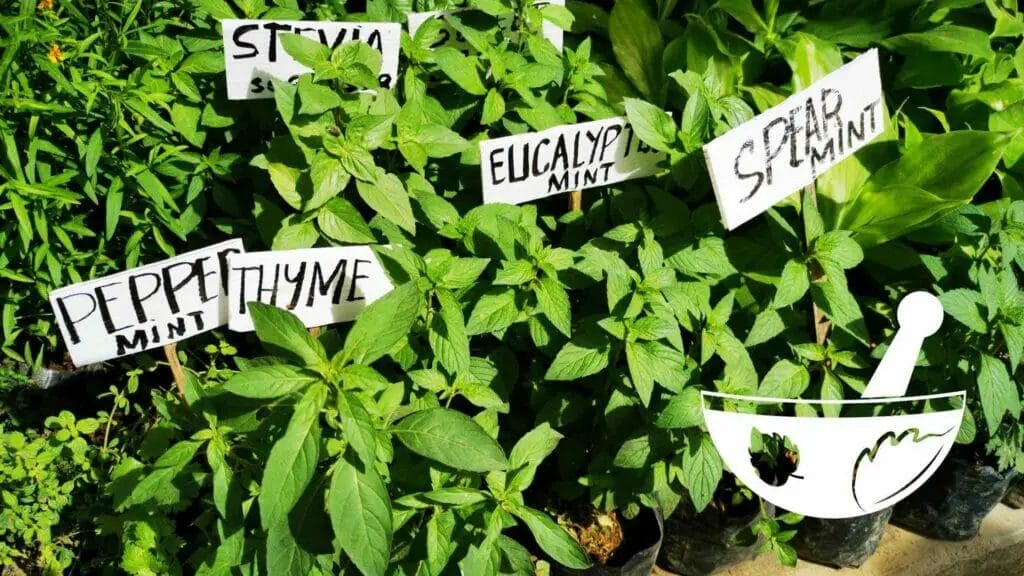
When it comes to companion planting, Sage is a great plant to grow alongside other herbs and vegetables. Sage is a hardy plant that can grow in a variety of conditions, making it an ideal plant to grow in your garden. Here are some of the best companion plants for Sage:
Thyme
Thyme is a great companion plant for Sage. Both plants have similar growing requirements, and they complement each other’s flavors. Thyme is also a natural insect repellent, which can help protect your Sage from pests.
Basil
Basil is another great companion plant for Sage. Basil and Sage both require similar growing conditions and can be grown together in the same bed. Basil also repels mosquitoes and other pests, which can help protect your Sage from damage.
Oregano
Oregano is a great companion plant for Sage. Oregano and Sage both require similar growing conditions and can be grown together in the same bed. Oregano is also a natural insect repellent, which can help protect your Sage from pests.
Other Great Companion Plants for Sage
- Rosemary
- Lavender
- Marjoram
- Chives
- Parsley
When planting Sage in your garden, it’s important to consider the growing requirements of the other plants in the same bed. Make sure to choose plants that have similar water and sunlight needs to ensure that they thrive together.
Pro Tip: When planting Sage with other herbs, consider planting them in a container garden. This will allow you to move the container around to ensure that all the plants get the right amount of sun and water. Plus, it makes it easy to harvest fresh herbs whenever you need them!
What Should You Not Plant Next to Sage?
Sage is a popular herb known for its culinary and medicinal uses. However, not all plants are compatible with Sage. Some plants can inhibit sage growth, while others can attract pests that can damage Sage. Here are some plants to avoid planting next to Sage:
- Basil: Basil and Sage are both members of the Mint family. However, planting them together can cause cross-pollination, resulting in hybrid plants with undesirable characteristics. Additionally, basil can attract pests like aphids and whiteflies that can harm Sage.
- Fennel: Fennel is a tall, aromatic herb that can grow up to six feet tall. Its strong scent can attract pests like aphids and spider mites that can damage Sage. Additionally, fennel can inhibit sage growth by competing for nutrients and water.
- Cucumbers: Cucumbers and Sage are not compatible plants. Cucumbers are heavy feeders that require a lot of water and nutrients, which can deprive Sage of the resources it needs to grow. Additionally, cucumber plants can attract pests like cucumber beetles that can harm Sage.
- Alliums: Alliums like onions, garlic, and shallots have strong odors that can repel pests. However, planting them next to Sage can inhibit sage growth and flavor. Alliums can also attract pests like onion maggots that can harm Sage.
- Wormwood: Wormwood is a bitter herb that can inhibit sage growth by secreting toxins into the soil. Additionally, wormwood can attract pests like spider mites that can damage Sage.
To ensure the healthy growth of your sage plants, avoid planting them next to these incompatible plants. Instead, consider planting Sage with compatible plants like rosemary, thyme, and lavender. These plants have similar growing requirements and can help repel pests that can harm Sage.
Pro Tip: To maximize the growth and flavor of your sage plants, plant them in well-draining soil with full sun exposure. Water them deeply once a week and fertilize them with a balanced fertilizer every two to three months. Additionally, prune your sage plants regularly to promote bushy growth and prevent legginess.
How to Grow Sage with Companion Plants
When it comes to growing Sage, it is a great idea to pair it with other plants that can help it thrive. Sage is a fantastic companion plant, and planting it with other crops can provide you with a healthy garden. Here are some tips on how to grow Sage with companion plants.
Firstly, it’s important to note that Sage grows well in full sun and well-draining soil. It prefers a pH range of 6.0 to 7.0. When planting Sage in your garden, consider the types of plants that will grow well alongside it.
One great companion plant for Sage is rosemary. Rosemary and Sage both have similar growing conditions and needs, making them a great pairing. They both prefer full sun and well-draining soil. Additionally, they can help repel pests such as carrot flies and cabbage moths.
Another plant that pairs well with Sage is basil. Basil and Sage both like a lot of sun, and planting them together can help deter pests such as aphids and spider mites.
When planting Sage with other crops, it’s essential to avoid planting it near certain plants that it does not do well with. For example, Sage does not like to be planted next to cucumber or tomato plants.
Here are some great companion plants for Sage:
- Carrots
- Parsley
- Strawberries
- Beans
- Thyme
- Nasturtiums
Sage can also be planted with plants that flower, such as black-eyed susans and marigolds. These plants can help attract pollinators to your garden, which can be beneficial for the growth of Sage and other crops.
Sage is considered a common companion plant because it can help keep pests at bay and improve the growth of many plants. When planting Sage with other crops, make sure to give it enough space to grow. Sage can grow into a bush, so it’s important to give it enough room to spread out.
FAQ: Sage Companion Plants
What is companion planting guide, and why is it important?
Companion planting is the practice of planting different plants together to derive mutual benefits such as pest control, nutrient balance, and other factors. A companion planting guide helps you choose the best plants that grow well together in the garden and enrich each other’s growth.
Can I plant Sage with other plants, or should I plant it alone?
Sage is a good companion plant and can be planted together with many other plants. It thrives well when planted with rosemary, thyme, basil, marjoram, parsley, and onion.
What makes Sage a good companion plant?
Sage is a drought-tolerant plant that helps to repel insects and attract pollinators, making it a great companion plant for vegetables and fruits like tomatoes, cabbage, beans, strawberries, and blueberries.
What are the best companion plants for Sage?
Some of the best companion plants for Sage are rosemary, thyme, basil, marjoram, parsley, and onion. They provide a synergistic environment for each other to thrive and improve each other’s taste and aroma.
Are there any plants that I should avoid planting together with Sage?
Yes, some plants do not do well when planted together with Sage, such as cucumbers, rue, and Sage’s family members like lavender and hyssop.
Can sage help to repel pests in my garden?
Yes, Sage helps to repel pests like cabbage worms, carrot flies, and slugs from your garden. Its strong aroma acts as a natural deterrent that prevents pests from harming your plants.
How should I grow Sage in my garden?
Sage prefers full sun exposure and well-drained soil. It is a drought-tolerant plant that requires minimal watering, especially during the growing season. You should plant Sage in the garden where it can get enough sunlight and avoid planting it in areas prone to waterlogging.
Can I use Sage as a companion plant in my vegetable garden?
Yes, Sage is a common and beneficial companion plant that you can use in your vegetable garden. It helps to repel pests and attract pollinators, improving yields and overall health of the plants.
Are there any types of Sage that are better suited to be companion plants than others?
No, all types of sage varieties can be great companion plants as long as they are planted in the right conditions and with the right companion plants.
What are some frequently asked questions about companion planting?
Some frequently asked questions about companion planting include: What plants grow well together? What plants should be avoided together? How can I improve soil health through companion planting? What are the benefits of companion planting in my garden?
Planting Sage with companion plants can be a great way to improve the health of your garden. Consider pairing Sage with other plants that like similar growing conditions, such as rosemary and basil.
Avoid planting Sage near certain plants that it does not do well with, such as cucumber and tomato plants. With the right companion plants, Sage can help keep pests at bay and improve the growth of many crops in your garden.


